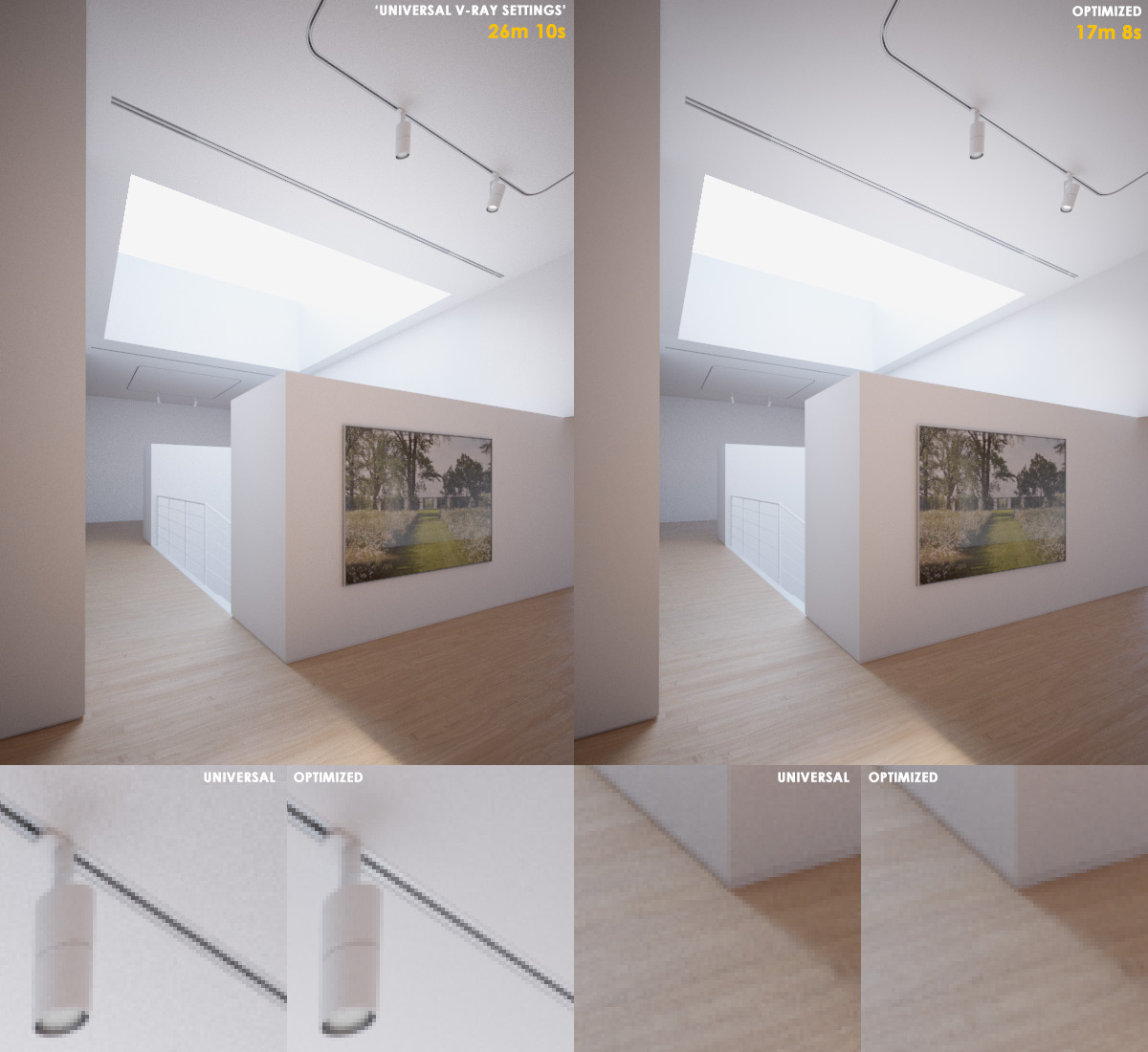Amazing Tutorial!
I´ve been dabbling with the settings for quite a while now, but due to tight deadlines I never found the time to actually do some heavy testing before submitting to the farm and hoping everything gets done in time...
For some projects with more organic stuff and little shadows and fine details we still come back to tha adaptive subdivision sampler, because it´s really fast there.
Like trixian before me, I´d also like to know how the "adaptive amount in the MDX sampler tab influences time and quality. Right now I just left it at it´s default of 0.85 and the noise threshold at 0.01.
By the way: Just recently I stumbled upon your tutorial about Displacement and that also shed some light at some of the issues I always had.
I´ve been dabbling with the settings for quite a while now, but due to tight deadlines I never found the time to actually do some heavy testing before submitting to the farm and hoping everything gets done in time...
For some projects with more organic stuff and little shadows and fine details we still come back to tha adaptive subdivision sampler, because it´s really fast there.
Like trixian before me, I´d also like to know how the "adaptive amount in the MDX sampler tab influences time and quality. Right now I just left it at it´s default of 0.85 and the noise threshold at 0.01.
By the way: Just recently I stumbled upon your tutorial about Displacement and that also shed some light at some of the issues I always had.




Comment